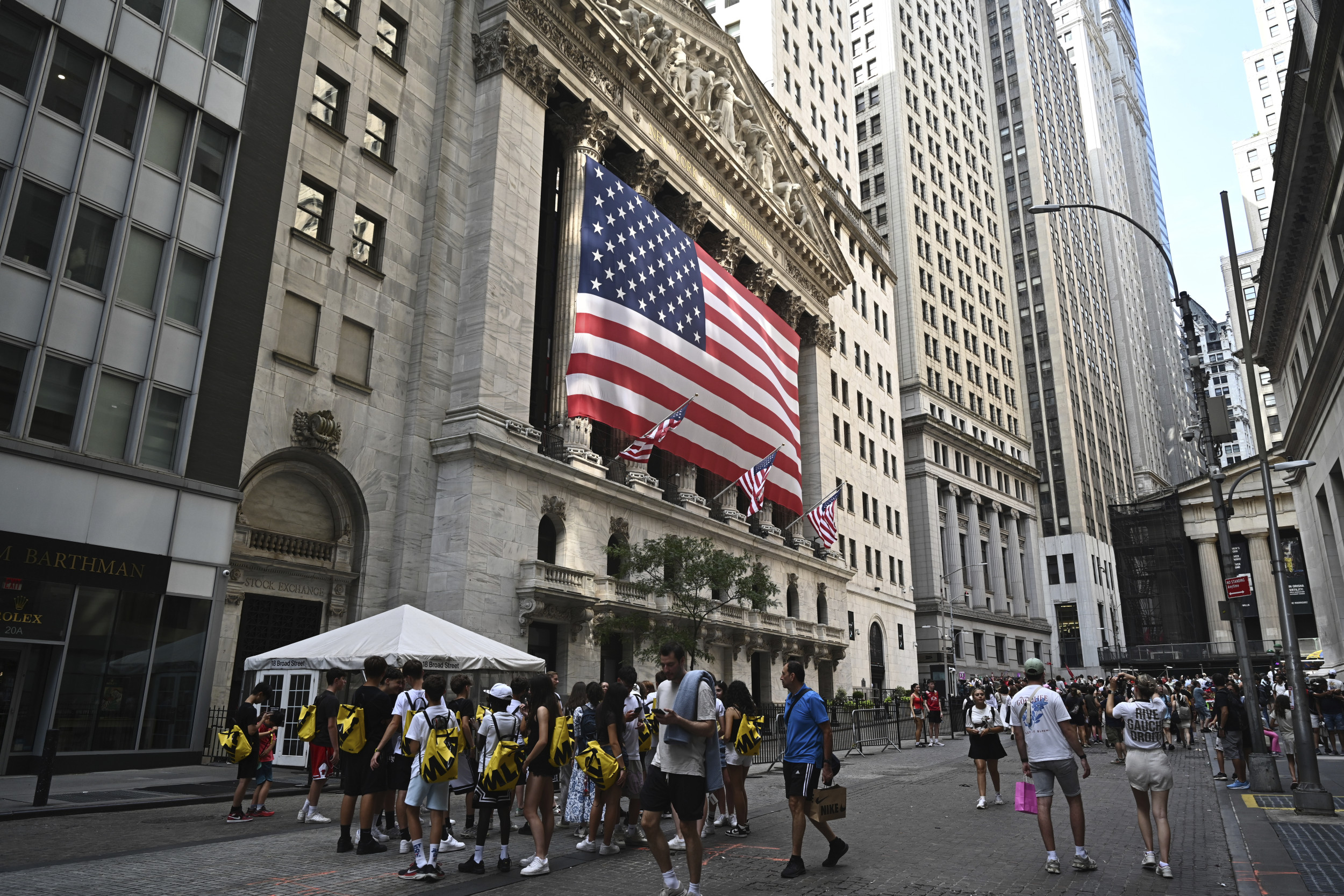
The U.S. saw a sharp increase in corporate bankruptcy filings in July, according to a recent report, reaching a post-COVID peak and placing 2025 on track to surpass last year’s total.
S&P Global Market Intelligence, the research and data arm of the credit-rating agency, found that filings by large public and private companies rose to 71 last month from 66 in June, marking the highest monthly tally since July 2020. So far in 2025, meanwhile, the total of 446 bankruptcy filings is the highest for this seven-month stretch since 2010.
Why It Matters
Experts told Newsweek that, when factoring in things like currency depreciation and corporate structures, statistics such as these are less alarming than they may initially appear. However, the notable increase in both business and personal bankruptcies in recent months has exacerbated existing concerns about the overall health of the U.S. economy.
In its report, S&P Global cited the impact of high interest rates and “uncertainty” created by tariffs; but the economy is also grappling with elevated inflation, a precarious labor market and other headwinds that have prompted some economists to warn of an impending recession.

NDZ/STAR MAX/IPx via AP
What To Know
Through the first seven months of the year, bankruptcies were heavily concentrated in the industrial and consumer discretionary sectors, totaling 70 and 61, respectively.
Among high-profile bankruptcies, S&P Global noted three that had over $1 billion in assets and liabilities at the time of their July filings: Glucose-monitoring company LifeScan Global; canned goods company Del Monte Foods; and Genesis Healthcare, the Pennsylvania-headquartered nursing home and long-term care provider.
With 446 bankruptcies recorded within the first seven months, 2025 is on track to surpass 2024’s full-year total of 688. This compares to 634 in 2023, 373 in 2022, 405 in 2021 and 638 in 2020.
For its tracking purposes, S&P Global defined “large” firms as public companies with at least $2 million in assets or liabilities, and private companies with at least $10 million at the time of the bankruptcy filings.
However, Robert Lawless, a professor of law at the University of Illinois and co-author of Debt’s Grip: Risk and Consumer Bankruptcy, said that this benchmark may result in comparisons that are not quite “apples-to-apples.”
“A dollar has lost 19 percent of its value since December 2020,” he told Newsweek. “Similarly, a $2 million bankruptcy today is the same as approximately a $1.4 million bankruptcy in 2010.”
“Inflation over time will make it seem like there are more ‘big’ bankruptcies if an adjustment is not made,” Lawless said.
Newsweek has contacted S&P Global via email for clarification on its methodology.
Lawless added that the report avoids a crucial issue by tracking bankruptcy filings rather than the number of entities filing for bankruptcy, as others have done recently.
Earlier this month, bankruptcy information services platform Epiq AACER reported that commercial bankruptcy filings had jumped 78 percent year-over-year to 911 in July. However, as Lawless noted in a blog post, nearly a third of these filings were the result of the Genesis Healthcare bankruptcy.
“The narrative focused on the number of entities filing for bankruptcy is not quite right,” Melissa Jacoby, a law professor of the University of North Carolina at Chapel Hill, told Newsweek.
“Many of those separate corporate entities are part of a common corporate group—companies partition themselves into separate business associations under state law, but they typically are an integrated whole in terms of thinking about a bankrupt business and are managed together in the bankruptcy process,” she said.
What People Are Saying
S&P Global, in the report, wrote: “Companies are contending with elevated interest rates as uncertainty from U.S. tariff policy pressures costs and supply chain resilience.”
“Companies could benefit from the [Federal Reserve] rate cut if such a move impacts U.S. Treasury yields or market sentiment,” it said, adding that: “Treasury yields influence corporate debt interest rates more directly than the Fed rate.”
Moody’s chief economist Mark Zandi, said earlier this month: “It’s no mystery why the economy is struggling; blame increasing U.S. tariffs and highly restrictive immigration policy. The tariffs are cutting increasingly deeply into the profits of American companies and the purchasing power of American households.”
What Happens Next?
Despite rising bankruptcies, other signs point to resilience among large U.S. corporations. According to recent analysis by Goldman Sachs strategists, cited in Bloomberg, aggregate second-quarter earnings per share for S&P 500 companies are up 11 percent compared to last year, surpassing previous forecasts of a 4 percent gain.
The Federal Reserve will make its next interest rate decision following the mid-September meeting. According to CME FedWatch, which predicts moves by the central bank based on interest rate trades, there is an 81 percent chance of a 25-basis points cut at this meeting.




